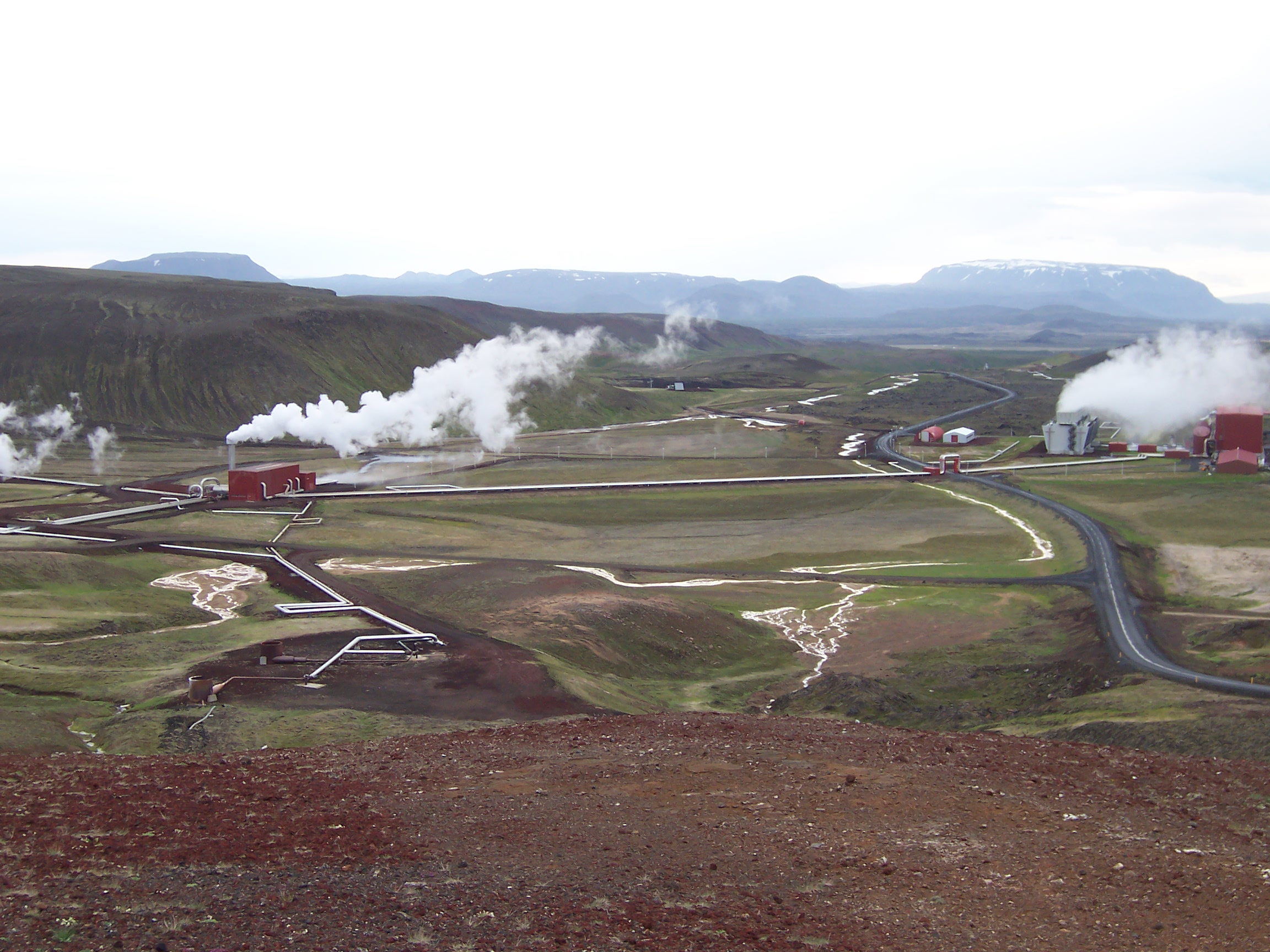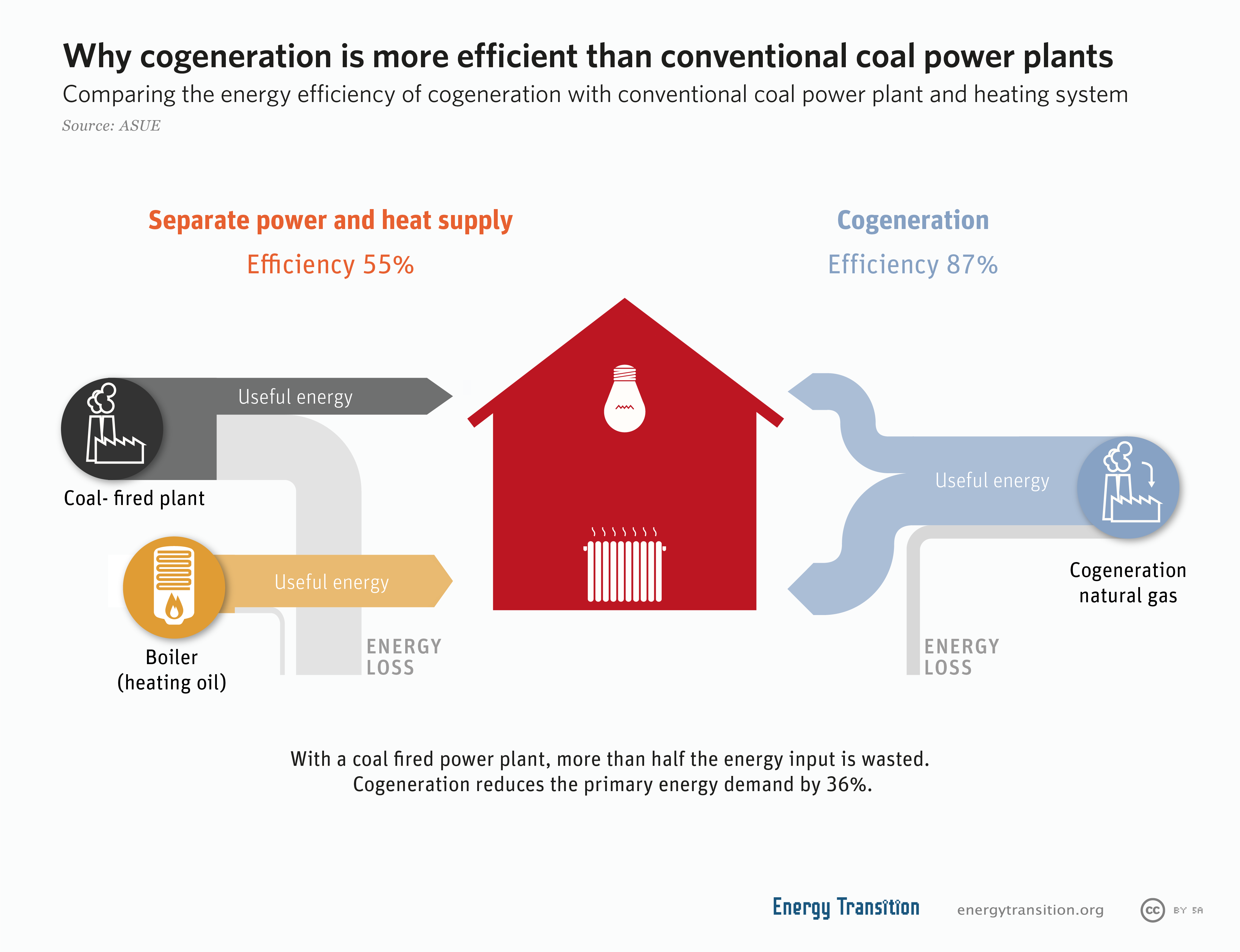|
Orkuveita Reykjavíkur
Orkuveita Reykjavíkur (English: Reykjavík Energy) is an Icelandic energy and utility company that provides electricity, geothermal hot water through district heating and cold water for consumption and fire fighting. It also operates a wholesale access fiber network and waste-treatment facilities. The company's service area extends to 20 communities in the south-west part of Iceland. Orkuveita Reykjavíkur is owned by the City of Reykjavík (93.5%) and the Municipalities of Akranes (5.5%) and Borgarbyggð (1%). History Orkuveita Reykjavíkur was established 1 January 1999, by uniting Rafmagnsveita Reykjavíkur and Hitaveita Reykjavíkur. Rafmagnsveita Reykjavíkur was established in the year 1921. Hitaveita Reykjavíkur became an independent company in 1946, having been in operation as a City entity since 1930. In the year 2000 Vatnsveita Reykjavíkur was united with Orkuveita Reykjavíkur, but the former started operation 16 June 1909. Orkuveita Reykjavíkur was obliged by ... [...More Info...] [...Related Items...] OR: [Wikipedia] [Google] [Baidu] |
Reykjavík
Reykjavík ( ; ) is the capital and largest city of Iceland. It is located in southwestern Iceland, on the southern shore of Faxaflói bay. Its latitude is 64°08' N, making it the world's northernmost capital of a sovereign state. With a population of around 131,136 (and 233,034 in the Capital Region), it is the centre of Iceland's cultural, economic, and governmental activity, and is a popular tourist destination. Reykjavík is believed to be the location of the first permanent settlement in Iceland, which, according to Landnámabók, was established by Ingólfr Arnarson in 874 CE. Until the 18th century, there was no urban development in the city location. The city was officially founded in 1786 as a trading town and grew steadily over the following decades, as it transformed into a regional and later national centre of commerce, population, and governmental activities. It is among the cleanest, greenest, and safest cities in the world. History According to legend ... [...More Info...] [...Related Items...] OR: [Wikipedia] [Google] [Baidu] |
Nesjavellir Geothermal Power Station
The Nesjavellir Geothermal Power Station ( is, Nesjavallavirkjun, ) is the second-largest geothermal power station in Iceland. The facility is located above sea level in the southwestern part of the country, near Þingvellir National Park and the Hengill mountain range, about 30 km east of central Reykjavík. The power station is owned and operated by ON Power. Plans for utilizing the Nesjavellir area for geothermal power and water heating began in 1947, when boreholes were drilled to evaluate the area's potential for power generation. Research continued from 1965 to 1986. In 1987, construction of the plant began, and the cornerstone was laid in May 1990. The station produces approximately 120 MW of electrical power; it also delivers around of hot water per second - with a heating capacity of 150 MWt, serving the space heating and hot water needs of the Capital Region. See also {{Commons category, Nesjavellir Geothermal Power Station * Geothermal electricity * G ... [...More Info...] [...Related Items...] OR: [Wikipedia] [Google] [Baidu] |
Landsvirkjun
Landsvirkjun, () the National Power Company of Iceland, is Iceland's largest electricity generator. Landsvirkjun operates 18 power plants in Iceland concentrated on five main areas of operation. History Landsvirkjun was founded on 1 July 1965 by the state of Iceland and the city of Reykjavík. The city of Reykjavík contributed to the company three power stations on the Sog River. Shortly after its founding construction on the Búrfell hydropower station began. From 1965 until 2005 the purpose of Landsvirkjun was to produce and distribute high voltage electricity. The municipality of Akureyri acquired a 5% share in Landsvirkjun in 1983 and became the third owner. Three hydropower stations on the Laxá River previously owned by the municipality of Akureyri were merged into Landsvirkjun. The hydropower stations Búrfell, Sigalda, Hrauneyjafoss, Blanda, Sultartangi, Vatnsfell, and Fljótsdalsstöð were all built by Landsvirkjun. The geothermal power station Krafla came under ... [...More Info...] [...Related Items...] OR: [Wikipedia] [Google] [Baidu] |
Electricity Sector In Iceland
The electricity sector in Iceland is 99.98% reliant on renewable energy: hydro power, geothermal energy and wind energy. Iceland's consumption of electricity per capita was seven times higher than EU 15 average in 2008. The majority of the electricity is sold to industrial users, mainly aluminium smelters and producers of ferroalloy. The aluminum industry in Iceland used 71% of produced electricity in 2011. Landsvirkjun is the country's largest electricity producer. The largest companies in the retail market are RARIK, Orkuveita Reykjavíkur and Hitaveita Suðurnesja. Electricity production increased significantly between 2005 and 2008 with the completion of Iceland's largest hydroelectric dam, Kárahnjúkar Hydropower Plant (690MW).Energy in Sweden, Facts and figures Energiläget i siffror ,The Swedish Energy Agency, Specific electricity production per inhabitant with breakdown by power source, (kWh/person) Source: IEA/OEC2006 T23 2007 T25 2008 T262009 T25 an2010 T49 Iceland' ... [...More Info...] [...Related Items...] OR: [Wikipedia] [Google] [Baidu] |
Capital Region (Iceland)
The Capital Region ( is, Höfuðborgarsvæðið ) is a region in southwestern Iceland that comprises the national capital Reykjavík and six municipalities around it.Sigurður Guðmundsson. „Hvernig eru hugtökin dreifbýli og landsbyggð skilgreind hér á landi?�The Icelandic Web of Science 18.8.2000. ''Retrieved on 6. June 2010'' ''(In Icelandic)'' Each municipality has its own elected council. Municipal governments in the region cooperate extensively in various fields: for example waste policy, shared public transport and a joint fire brigade. The region is home to 64% of Iceland's population. The region contains Icelands far largest urban area, Greater Reykjavík ( is, Stór-Reykjavík), a conurbation that includes parts of six out of seven municipalities of the region ( Kjósarhreppur is all rural). Municipalities Seven municipalities make up the Capital Region with Reykjavík being the most populated by far with 135,688 inhabitants. Kjósarhreppur is the largest munic ... [...More Info...] [...Related Items...] OR: [Wikipedia] [Google] [Baidu] |
Cogeneration
Cogeneration or combined heat and power (CHP) is the use of a heat engine or power station to generate electricity and useful heat at the same time. Cogeneration is a more efficient use of fuel or heat, because otherwise- wasted heat from electricity generation is put to some productive use. Combined heat and power (CHP) plants recover otherwise wasted thermal energy for heating. This is also called combined heat and power district heating. Small CHP plants are an example of decentralized energy. By-product heat at moderate temperatures (100–180 °C, 212–356 °F) can also be used in absorption refrigerators for cooling. The supply of high-temperature heat first drives a gas or steam turbine-powered generator. The resulting low-temperature waste heat is then used for water or space heating. At smaller scales (typically below 1 MW), a gas engine or diesel engine may be used. Cogeneration is also common with geothermal power plants as they often produce relativ ... [...More Info...] [...Related Items...] OR: [Wikipedia] [Google] [Baidu] |
Geothermal Power
Geothermal power is electrical power generated from geothermal energy. Technologies in use include dry steam power stations, flash steam power stations and binary cycle power stations. Geothermal electricity generation is currently used in 26 countries,Geothermal Energy AssociationGeothermal Energy: International Market Update May 2010, p. 4-6. while geothermal heating is in use in 70 countries. As of 2019, worldwide geothermal power capacity amounts to 15.4 gigawatts (GW), of which 23.9 percent or 3.68 GW are installed in the United States. International markets grew at an average annual rate of 5 percent over the three years to 2015, and global geothermal power capacity is expected to reach 14.5–17.6 GW by 2020. Based on current geologic knowledge and technology the Geothermal Energy Association (GEA) publicly discloses, the GEA estimates that only 6.9 percent of total global potential has been tapped so far, while the IPCC reported geothermal power potential to b ... [...More Info...] [...Related Items...] OR: [Wikipedia] [Google] [Baidu] |
Hellisheiði Power Station
The Hellisheiði Power Station ( is, Hellisheiðarvirkjun, ) is the eighth-largest geothermal power station in the world and largest in Iceland. The facility is located in Hengill, southwest Iceland, from the Nesjavellir Geothermal Power Station. The plant has a capacity of of electricity and th of hot water for Reykjavik's district heating. The power station is owned and operated by ON Power, a subsidiary of Reykjavík Energy. History Electricity production with two turbines commenced in 2006. In 2007, an additional low pressure steam turbine of was added. In 2008, two turbines were added with steam from Skarðsmýrarfjall Mountain. The hot water plant was introduced in 2010 and the last two high pressure 45 MW turbines were added in 2011. In order to reduce hydrogen sulphide pollution in the capital area a system was added to the plant in 2014 which reinjects non-condensable gases into the ground. Renewed drilling In 2016 the operator, ON, announced a program o ... [...More Info...] [...Related Items...] OR: [Wikipedia] [Google] [Baidu] |
Akranes
Akranes () is a port town and municipality on the west coast of Iceland, around north of the capital Reykjavík. The area where Akranes is located was settled in the 9th century; however, it did not receive a municipal charter until 1942. History Akranes was settled in the 9th century by the brothers Þormóður and Ketill, sons of Bresi, who came from Ireland. The town started to form in the mid-17th century as a fishing village. In 1942, it was formally chartered, and in the following years it had the biggest surge in population in its history. Industry has been a big and growing employer: a cement plant has been operated in the town since the 1950s, and an aluminum smelting plant has been in operation near the town since 1998. Economy The fishing industry remains the town's most important source of employment. Akranes also acts as a service center for the large rural region surrounding it. The town is expected to grow in the coming years because of an increase in industri ... [...More Info...] [...Related Items...] OR: [Wikipedia] [Google] [Baidu] |
Individual And Political Action On Climate Change
Individual action on climate change can include personal choices in many areas, such as diet, travel, household energy use, consumption of goods and services, and family size. Individuals can also engage in local and political advocacy around issues of climate change. People who wish to reduce their carbon footprint (particularly those in high income countries with high consumption lifestyles), can take "high-impact" actions, such as avoiding frequent flying and petrol fuelled cars, eating mainly a plant-based diet, having fewer children, using clothes and electrical products for longer, and electrifying homes. Avoiding meat and dairy foods has been called "the single biggest way" an individual can reduce their environmental impact. Excessive consumption is more to blame for climate change than population increase. High consumption lifestyles have a greater environmental impact, with the richest 10% of people emitting about half the total lifestyle emissions. Some commentator ... [...More Info...] [...Related Items...] OR: [Wikipedia] [Google] [Baidu] |




.jpg)



